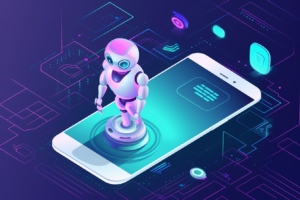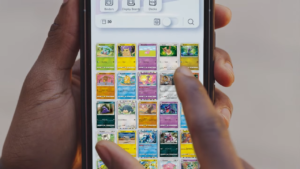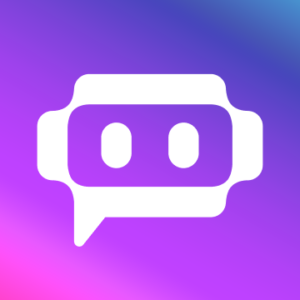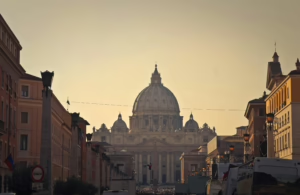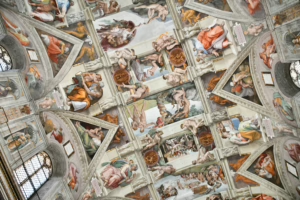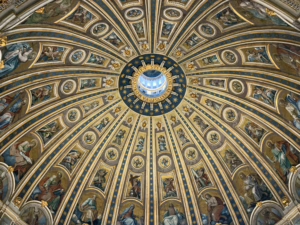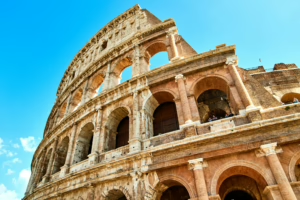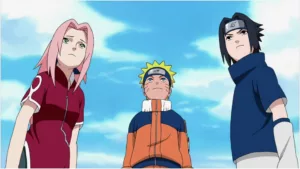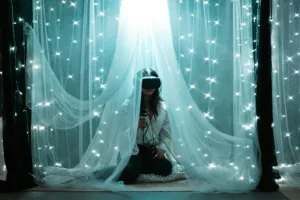Level Up Your Book Illustrations: A Writer’s Guide to AI Art Generators
As a writer, I poured my heart and soul into crafting the perfect story. But let’s face it, words alone can only take you so far. When it comes to children’s books or fantasy novels, captivating illustrations breathe life into your narrative. But what if you’re a wordsmith, not a Picasso? Enter the exciting world of AI art generation!
These tools are no longer a futuristic fantasy. They’re powerful allies for authors, allowing you to create stunning illustrations that perfectly capture your vision. But with so many options out there, choosing the right one can feel overwhelming.
In this guide, I’ll break down the best AI art generators for book illustrations, along with essential tips to make the most of them.
Choosing Your AI Muse: A Deep Dive into Top Contenders
- Midjourney: If you crave cutting-edge visuals with a dreamlike quality, Midjourney might be your match. It excels at generating surreal landscapes, fantastical creatures, and otherworldly scenes. However, getting access can be tricky. Midjourney operates through a closed beta system, requiring an invitation to join their Discord community. At the moment it is the best AI art generator.
- DALL-E 2: Developed by OpenAI. Renowned for its ability to understand complex prompts and generate incredibly realistic images, it’s a dream for creating hyper-detailed illustrations. Like Midjourney, DALL-E 2 has a limited access system.
- Nightcafe Creator (freemium): For a user-friendly option with a vibrant artist community, Nightcafe Creator is a fantastic choice. It offers a wide range of artistic styles, from classic paintings to modern graphics, and allows you to customize various aspects of the generated image. Nightcafe Creator has a free tier with limited credits, with paid plans offering more credits and advanced features.
- Jasper Art (freemium): If budget is a concern, Jasper Art offers a compelling freemium model. This AI art generator boasts a user-friendly interface and excels at creating illustrations in a cartoon or comic book style, making it perfect for children’s books. The free tier allows for a limited number of generations, with paid plans unlocking more credits and advanced editing tools.
- Dream by WOMBO (freemium): Another excellent option for generating cartoon-style illustrations is Dream by WOMBO. It boasts an intuitive interface and allows for customization of style, color palette, and composition. Dream by WOMBO offers a free tier with limited daily generations, with paid plans granting more credits and higher-resolution images.
Crafting the Perfect Prompt: The Secret Sauce of AI Art
While AI art generators are powerful, they rely heavily on your ability to provide clear and detailed prompts. Here are some tips to write prompts that will have your AI muse conjuring the illustrations of your dreams:
- Be Specific: Don’t just say “a forest.” Describe the type of trees, the time of day, and the overall mood (eerie, peaceful, etc.). The more details you provide, the better the AI can understand your vision.
- Reference Real-World Examples: If you have a specific aesthetic in mind, provide the AI with reference images. This could be a painting style, a photograph, or even another illustration.
- Use Keywords: Think of keywords that capture the essence of your illustration. These could be related to style (realistic, cartoon), mood (joyful, mysterious), or even specific objects within the scene.
- Refine and Iterate: Don’t be afraid to experiment with different prompts and settings. The beauty of AI art generation is the iterative process. Keep refining your prompts based on the results you get.
Beyond Generation: Polishing Your AI Masterpiece
Once you’ve generated an illustration that you love, it might not be quite perfect. Here are some additional tips to take your AI-created art to the next level:
- Fine-Tuning with Editing Software: Most AI art generators allow you to download your creations in formats compatible with image editing software like Photoshop. Here you can refine details, adjust colors, and add finishing touches.
- Human Collaboration: Don’t see AI art generation as a replacement for human artists. Consider collaborating with a freelance illustrator to add their expertise and polish to your AI-generated base.
The Future of Storytelling: AI as a Creative Partner
AI art generation is still in its early stages, but it’s already revolutionizing the way authors approach book illustrations. As these tools continue to develop, they offer immense potential for writers. Imagine generating multiple variations of a scene to explore different creative directions, or even using AI to create concept art for your characters before you write a single word! The possibilities are truly exciting.
Beyond the Book: Broader Applications of AI Illustration
While this article focused on book illustrations, the applications of AI art generation extend far beyond the written word. Here are some additional ways you, as a writer, can leverage this technology:
- Blog Post Graphics: Struggling to find captivating visuals for your blog posts? AI art generators can create unique and eye-catching images to complement your writing. Look at the cover of this post, I created it with AI.
- Social Media Marketing: In today’s social media-driven world, standing out is crucial. Use AI art to create stunning visuals for your social media channels, grabbing attention and promoting your work.
- Self-Publishing Success: If you’re self-publishing your book, AI art generation can be a budget-friendly way to create professional-looking book covers and promotional materials.
Most popular:
Most Recent:
Embrace the Journey: A Few Words of Caution
As with any new technology, there are a few things to keep in mind when using AI art generation:
- Copyright and Usage: Copyright laws surrounding AI-generated art are still evolving. Make sure you understand the terms of service of the platform you’re using and any potential copyright limitations on the generated images.
- Ethical Considerations: AI art generation is trained on massive datasets of existing artwork. Be mindful of potential biases present in the data, and strive to create inclusive and diverse illustrations.
- The Human Touch: While AI art generation is incredibly powerful, it shouldn’t replace human creativity entirely. Use it as a tool to enhance your vision, not a crutch to replace your artistic ideas.
The Final Chapter: Unleashing Your Inner Vision
AI art generation is a powerful tool waiting to be explored by writers. With the right approach and a dash of creativity, you can use it to bring your stories to life in a visually stunning way. So, fire up your favorite AI art generator, and embark on a journey of artistic exploration.
Remember, the future of storytelling is a collaborative one, and AI is here to be your creative partner.

